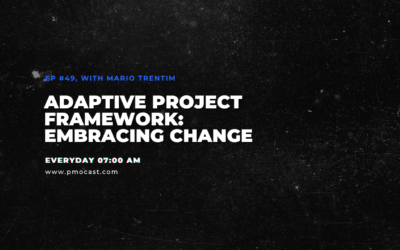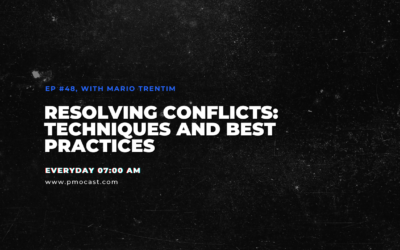Welcome to another insightful discussion on project management. Today, our focus is on one of the most critical aspects of project management—risk management. Effective risk management is at the heart of successful projects and forms a cornerstone in guaranteeing stakeholder satisfaction.
Risk Management in Project Management: An Overview
Risk management refers to the process of identifying, assessing, and controlling threats that could potentially impact a project’s timeline, budget, scope, and overall quality. Project risks can take various forms—everything from unexpected financial losses and missed deadlines to technology failures or natural disasters.
With a proper risk management process in place, project managers can prevent many issues from arising, prepare for those that are likely to occur, and minimize the impact of any that do happen. So, let’s delve into each step in more detail.
Risk Identification
Identifying potential risks is the first step towards a robust risk management strategy. There are several techniques for risk identification:
1. Brainstorming: Gathering your team members for brainstorming sessions can generate a wide array of potential risks through collaborative discussion and idea sharing.
2. Expert Judgment: Engaging experts, either within your organization or externally, can provide valuable insights into potential risks that you may overlook otherwise.
3. Historical Data: Looking at past projects can reveal risks that occurred before and could happen again.
4. SWOT Analysis: This powerful tool can help identify strengths, weaknesses, opportunities, and threats that could lead to project risks.
5. Checklists: Using checklists based on industry standards or previous projects can help identify common risks that might otherwise be overlooked.
Risk Assessment
After identifying potential risks, the next step is to assess them based on their probability and impact.
This can be done in two ways:
1. Qualitative Assessment: This involves categorizing risks based on their potential impact and likelihood of occurrence.
2. Quantitative Assessment: This process uses numerical methods to evaluate the likelihood and potential impact of identified risks. Tools such as Monte Carlo simulations can be used for this purpose.
A Risk Matrix can be instrumental in the assessment process. It allows you to plot risks based on their impact and likelihood, aiding in prioritization and management.
Risk Mitigation Strategies
Once you’ve identified and assessed potential risks, you’ll need to develop strategies to mitigate them.
Here are the four most common risk mitigation strategies:
1. Avoidance: Changing project plans to entirely avoid the risk.
2. Transfer: Shifting the risk to a third party. This could be through insurance or outsourcing.
3. Mitigation: Reducing the probability or impact of the risk through proactive measures.
4. Acceptance: Acknowledging the risk and developing a contingency plan should it occur.
Risk Monitoring and Control
Regular risk monitoring and control are essential to ensure your risk management strategies are effective. This involves regularly reviewing and updating the risk register, communicating about risks and mitigation strategies with stakeholders, and implementing risk response plans while monitoring their effectiveness.
By mastering the art of risk management, project managers can significantly enhance project success and stakeholder satisfaction. Don’t forget to share your experiences and insights using the hashtag #PMOCast. Until next time, continue successfully managing your projects!
SEO Keywords: Risk Management, Project Management, Risk Identification, Risk Assessment, Risk Mitigation, Risk Monitoring, Project Risks
Meta Description: Dive into the art of risk management in project management. Learn how to effectively identify, assess, mitigate, and monitor risks for project success.




0 Comments